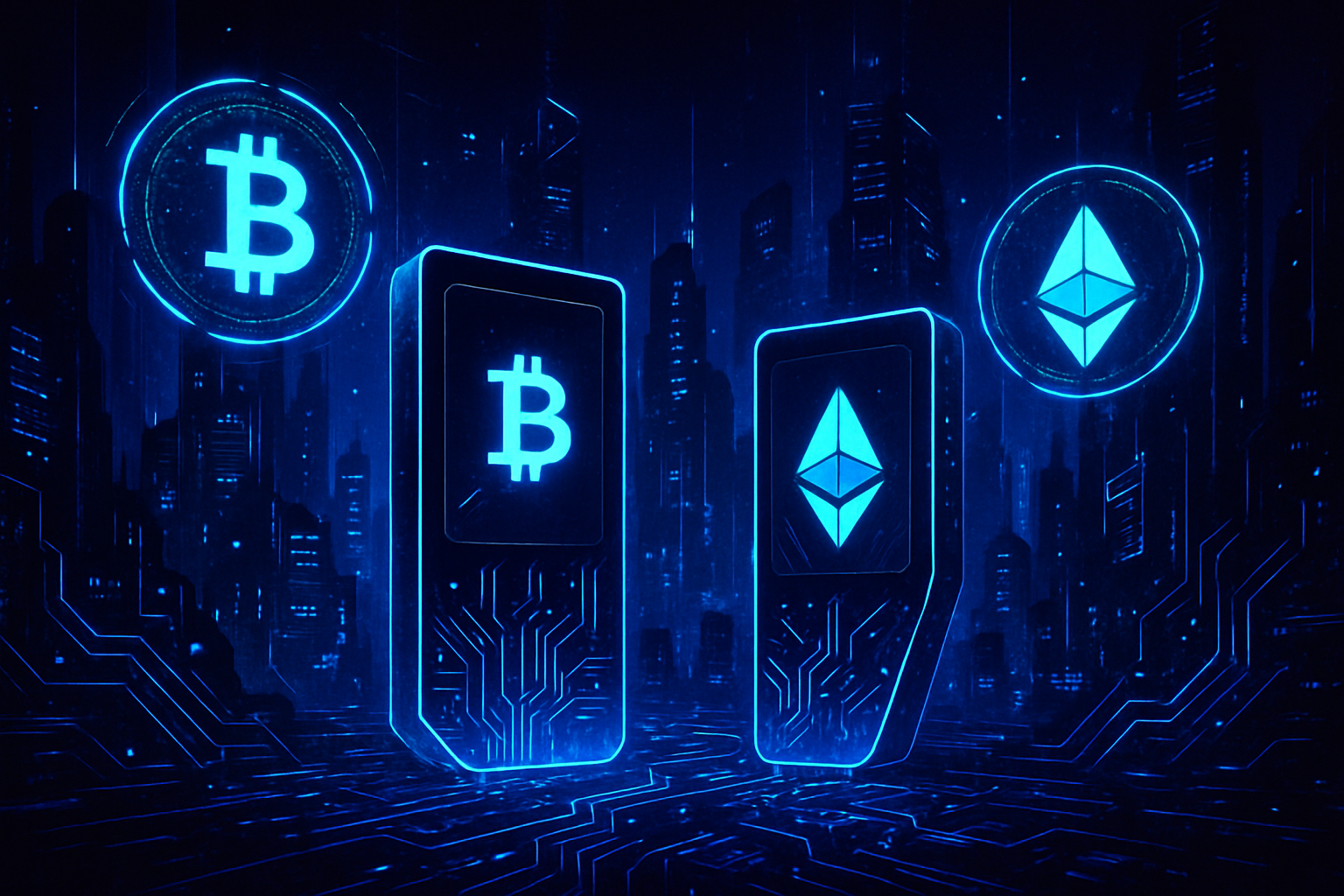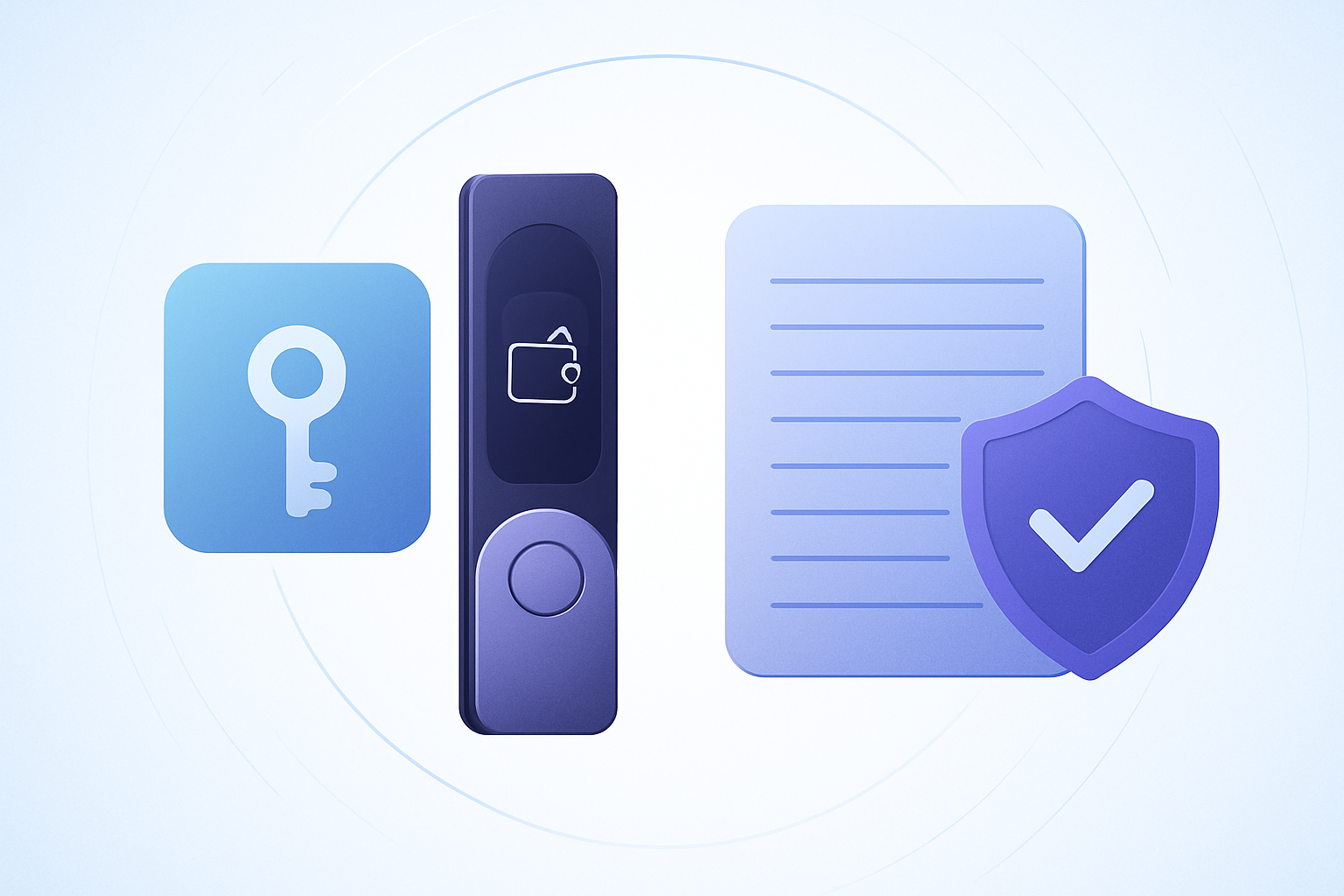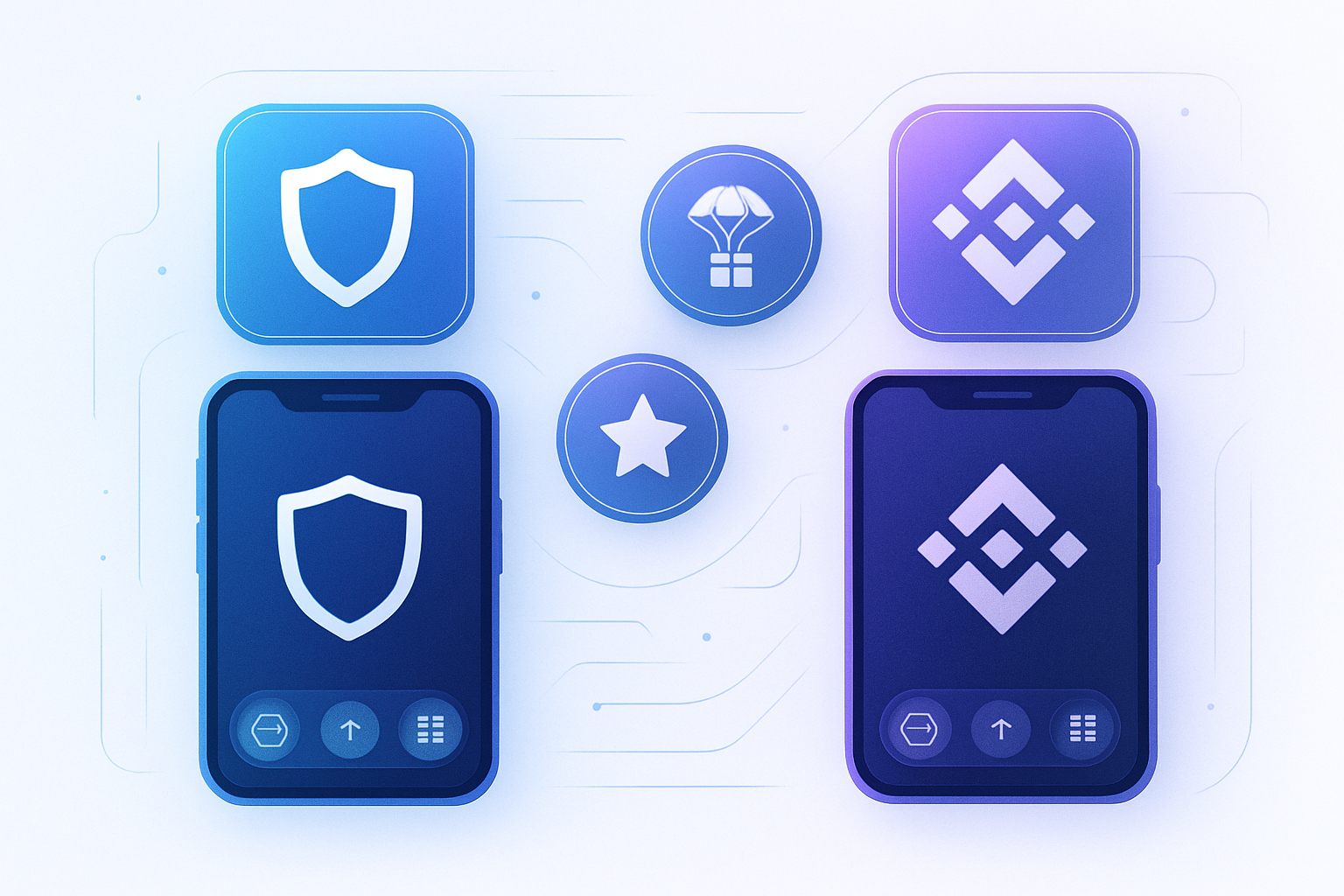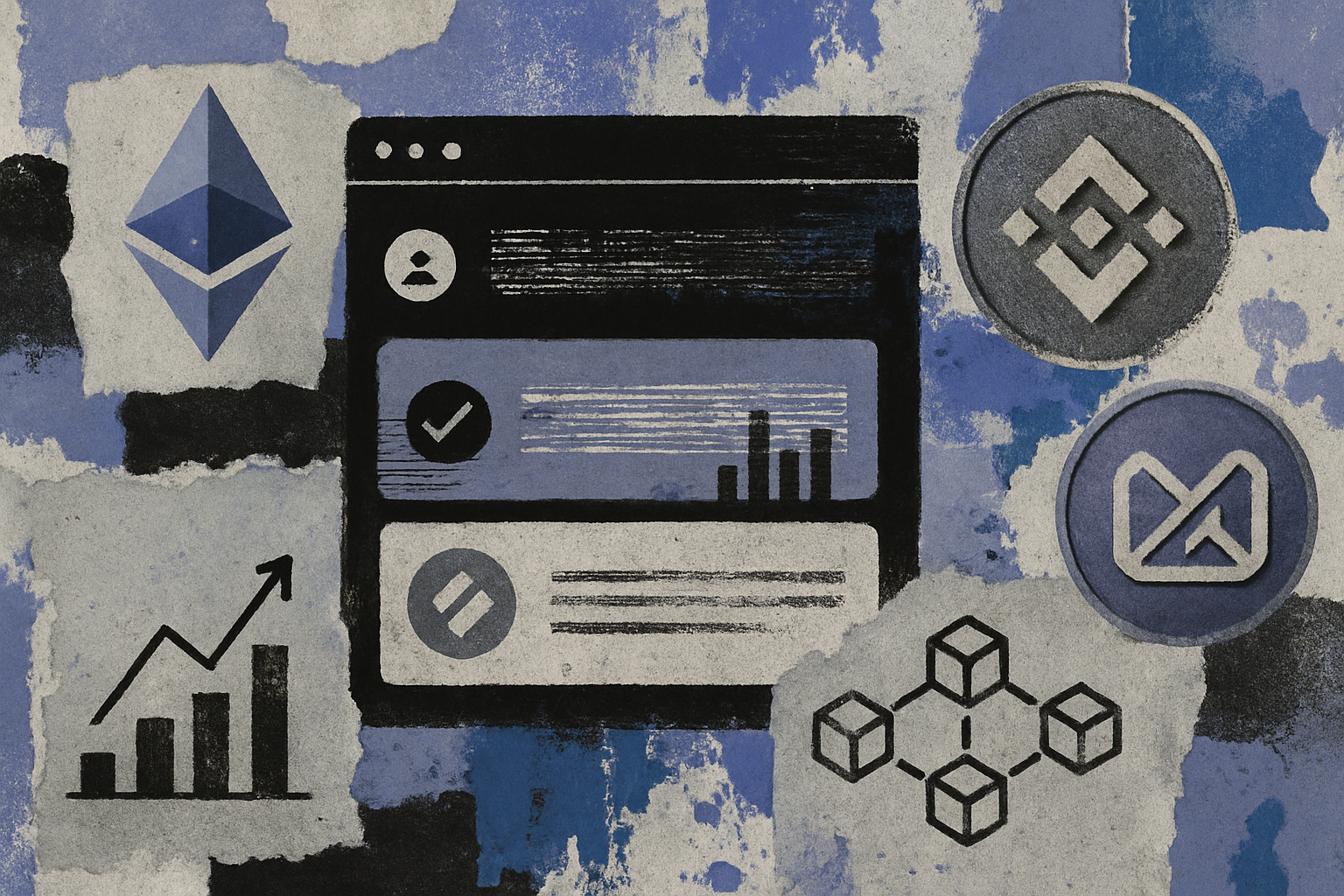When it comes to managing crypto on your own terms, MetaMask and Phantom stand out as two of the most popular non-custodial wallets. Both have passionate communities, slick browser extensions, and mobile apps—but their differences run deep. For anyone deciding between these two wallets, understanding how they stack up in real-world use is essential.

Supported Blockchains: EVM vs Solana (and More)
The first—and perhaps most critical—difference is blockchain support. MetaMask has become synonymous with the Ethereum ecosystem. It supports every Ethereum-compatible (EVM) chain out of the box: Ethereum mainnet, Polygon, BNB Chain, Avalanche, Optimism, Arbitrum—you name it. If you’re into DeFi or NFTs on any EVM chain, MetaMask is your go-to.
Phantom, on the other hand, made its name as the premier wallet for Solana. It’s fast and lightweight—perfectly tailored for Solana’s speed and low fees. In 2023, Phantom expanded to support Ethereum and Polygon as well. However, its EVM integration still feels secondary compared to MetaMask’s native experience.
Blockchains Supported: MetaMask vs Phantom
-
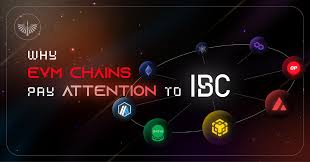
MetaMask: Supports Ethereum and all EVM-compatible chains (like BNB Chain, Polygon, Avalanche).
-
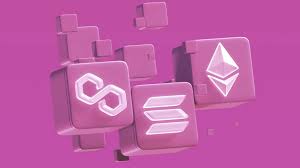
Phantom: Primarily supports Solana, with recent additions for Ethereum and Polygon.
-
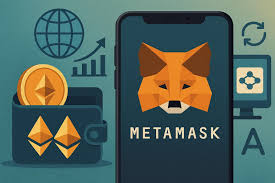
Network Expansion: MetaMask offers broader multi-chain access, while Phantom is expanding but remains Solana-focused.
User Experience: Design & Onboarding
If you’ve ever struggled with wallet UX, you’re not alone. Here’s where these two diverge:
- MetaMask: The interface is functional but can feel overwhelming for newcomers. Adding networks manually? Not exactly beginner-friendly. Still, power users appreciate the flexibility.
- Phantom: Clean lines and intuitive navigation define Phantom’s design ethos. Swapping tokens or managing NFTs is seamless—even for crypto newbies.
The onboarding process reflects these philosophies. With Phantom, you’re guided step-by-step from seed phrase backup to your first swap; MetaMask expects you to figure out more on your own.
NFTs & In-Wallet Features
Beyond basic storage and transfers, both wallets offer robust features—but they shine in different areas.
- NFT Management: Phantom displays Solana NFTs beautifully right in your wallet; MetaMask recently improved its NFT support but still lags behind in presentation.
- Dapp Browsers: Both wallets have built-in browsers (mobile), making DeFi accessible on the go.
- Token Swaps: Each wallet lets you swap tokens within the app—MetaMask leverages multiple aggregators; Phantom focuses on simplicity and speed (especially on Solana).
“If you want sleek NFT management on Solana or just a smoother mobile experience overall, Phantom wins hands down.” — Vincent Roscoe
Security & Privacy Considerations
No crypto wallet comparison would be complete without talking security. Both wallets are non-custodial—meaning only you hold your private keys—but there are nuances worth noting:
- MetaMask security practices: Open-source codebase with regular audits; phishing remains a risk due to widespread use.
- Phantom security details: Also open-source; smaller attack surface due to its focus on fewer chains initially; auto-lock features are well implemented.
Which wallet do you trust more with your assets?
MetaMask and Phantom are both popular crypto wallets, but trust is key when choosing where to store your assets. Cast your vote!
Security is only half the story, though. Privacy matters just as much. MetaMask recently faced scrutiny over its default IP address collection policy, though users can now opt out. Phantom, meanwhile, has kept a lower profile on privacy issues, but it’s always wise to read up on their latest privacy policy. If you’re especially privacy-conscious, consider pairing either wallet with a VPN and using burner addresses for sensitive transactions.
Fees, Performance & Ecosystem Integration
Let’s talk about cost and convenience. Both wallets are free to download and use—there are no hidden wallet fees. However, transaction fees depend entirely on the chain you’re using:
- MetaMask: You’ll feel Ethereum’s gas fees most acutely here. Swapping tokens or minting NFTs during peak times can get expensive. However, MetaMask’s support for low-fee EVM chains like Polygon helps mitigate this.
- Phantom: Solana’s famously low fees make Phantom attractive for frequent traders and NFT collectors. Even with Ethereum and Polygon support added, the wallet shines brightest when used natively on Solana.
Ecosystem integration is another key differentiator. MetaMask is the de facto standard for connecting to DeFi apps across hundreds of EVM-based dapps—from Uniswap to Aave. If your crypto journey spans multiple blockchains or you crave maximum dapp compatibility, MetaMask simply connects to more places.
Phantom counters with deep Solana integration: instant staking with validators like Marinade or Lido, seamless NFT gallery views, and a curated in-app dapp explorer built for speed. Its recent expansion into EVM territory is promising but still maturing compared to MetaMask’s battle-tested reach.
Top Dapps Supported by MetaMask vs Phantom
-
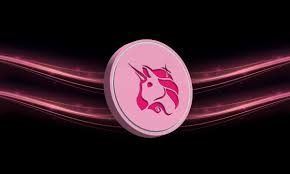
Uniswap – The leading Ethereum-based DEX is fully integrated with MetaMask for seamless token swaps.
-
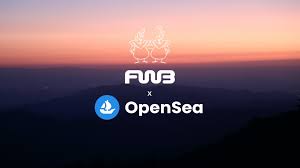
OpenSea – The world’s largest NFT marketplace supports MetaMask for secure NFT trading and management.
-
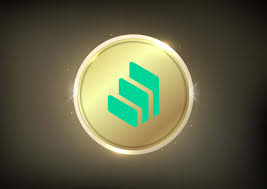
Compound – This popular DeFi lending protocol connects easily with MetaMask for earning interest on crypto assets.
-

Magic Eden – The top Solana NFT marketplace is natively supported by Phantom, enabling smooth NFT transactions.
-

Raydium – A leading Solana DEX that integrates with Phantom for fast swaps and yield farming.
-
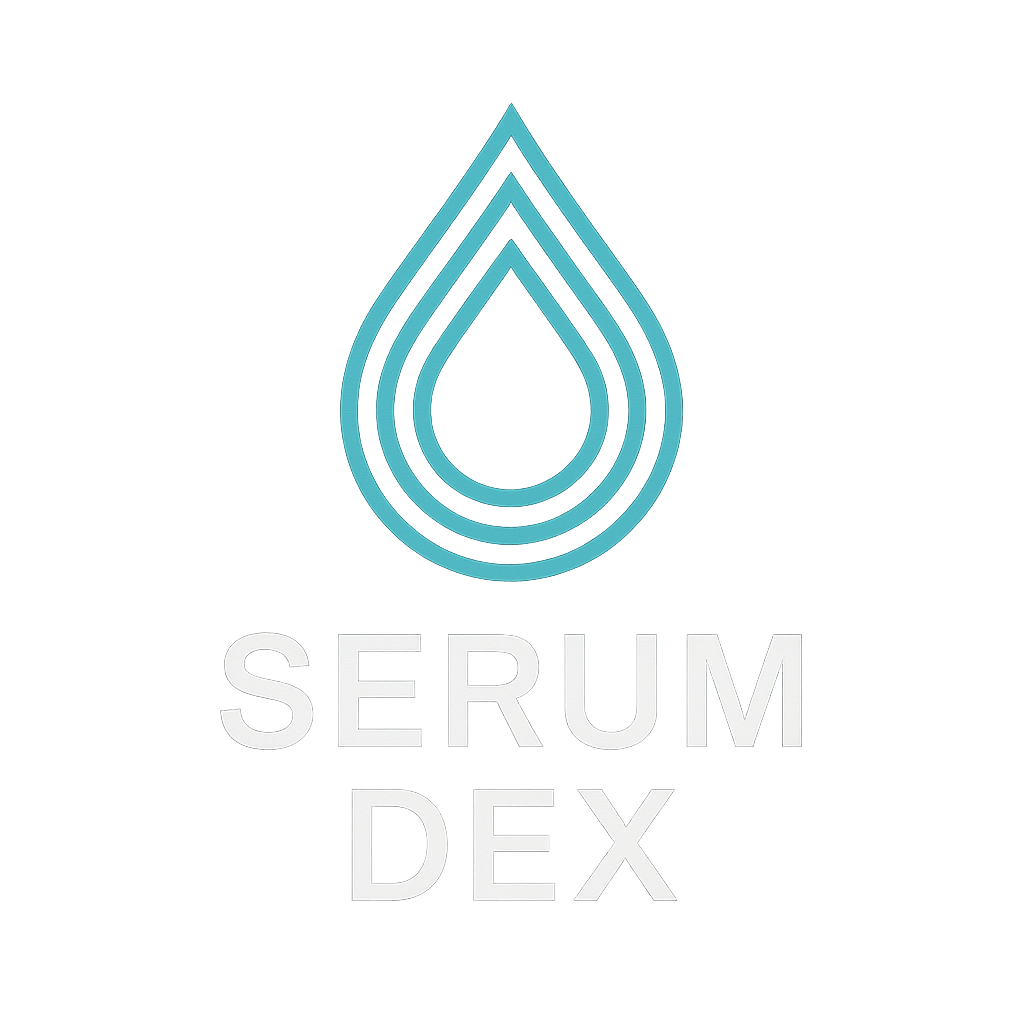
Serum – This high-speed Solana-based DEX offers advanced trading features with Phantom wallet support.
Mobile Experience & Hardware Wallet Support
The mobile game is changing fast in crypto wallets—and both contenders have stepped up their apps in 2024.
- MetaMask Mobile: Full-featured but occasionally clunky; supports WalletConnect for linking to external dapps; hardware wallet support (Ledger, Trezor) is available but setup can be finicky.
- Phantom Mobile: Clean interface carries over from desktop; hardware wallet support (Ledger via Bluetooth) works smoothly; direct QR code scanning simplifies connecting to Solana dapps on the go.
If seamless hardware wallet integration is critical for your security model—especially if you’re storing serious value—both offer solutions, but Phantom’s streamlined approach gives it an edge for most users who aren’t technical power-users.
Who Should Choose MetaMask? Who Should Go With Phantom?
If your priorities revolve around maximum flexibility across blockchains and the widest possible selection of DeFi/NFT apps—MetaMask remains unmatched. It’s not always the prettiest or simplest option, but its sheer ecosystem reach makes it indispensable for serious Ethereum and EVM-chain users.
If you want a slicker onboarding experience, best-in-class Solana support (NFTs especially), and a mobile app that just feels good—Phantom is tough to beat. It’s ideal if most of your activity happens on Solana or if you value simplicity over endless customization.
The “winner” ultimately depends on where—and how—you spend your time in crypto. Many advanced users end up running both wallets side by side: MetaMask as their EVM Swiss Army knife; Phantom as their Solana super-app. But if you’re just starting out? Pick based on your main blockchain interests—and don’t be afraid to switch as your needs evolve.
If you want more hands-on guidance setting up either wallet safely (and avoiding costly mistakes), check out our detailed step-by-step guides:
Your crypto journey will change—and so will your wallet needs. Stay nimble, stay safe… and always keep those seed phrases offline!

